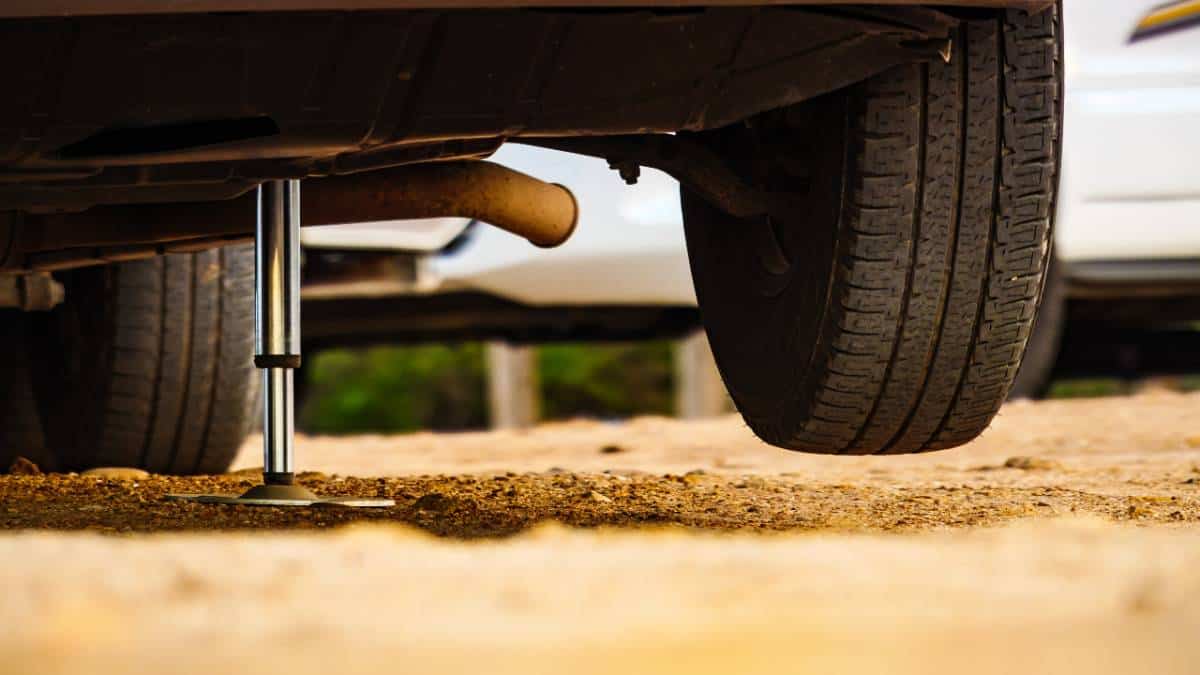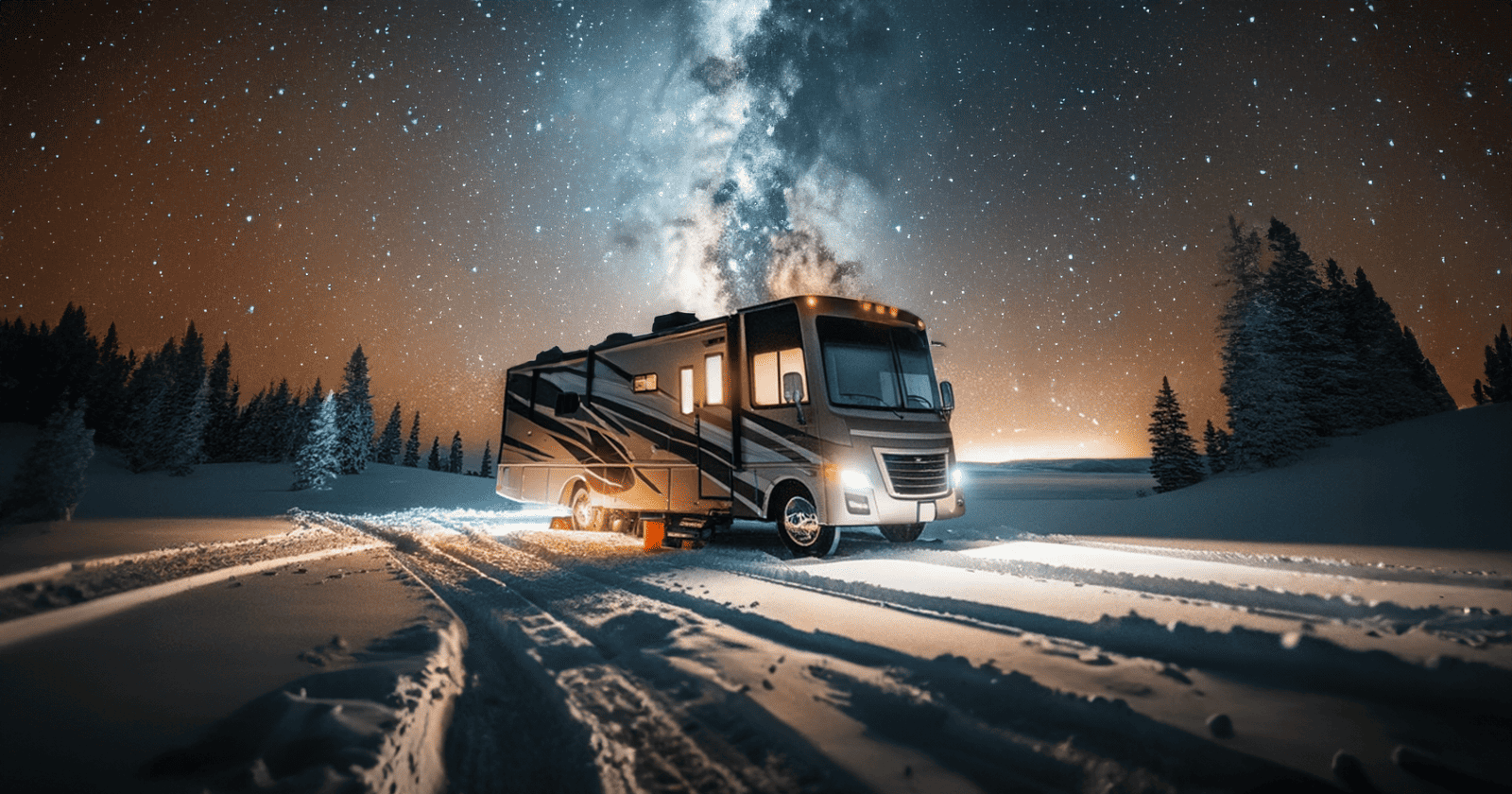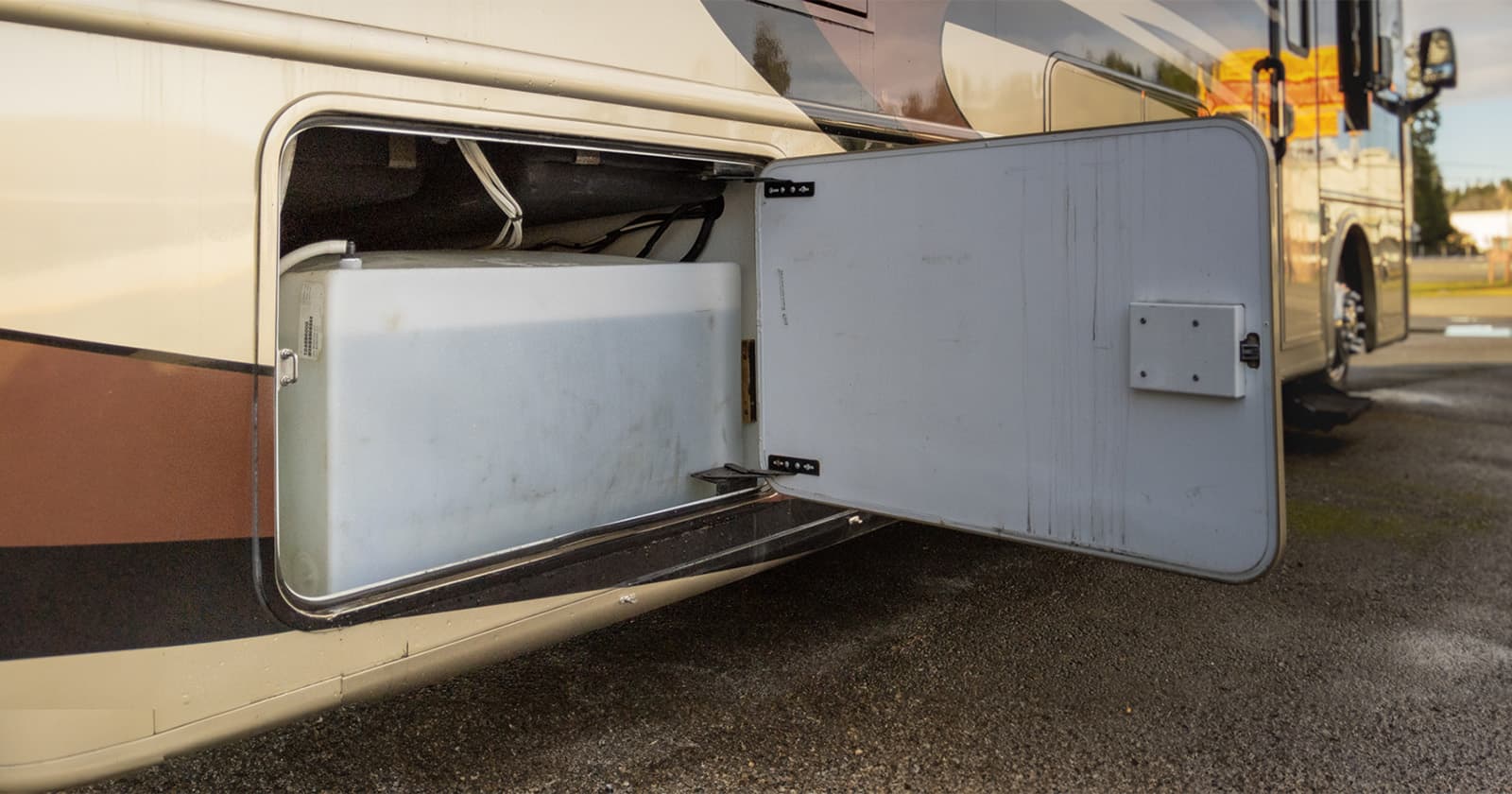Protect your RV from costly plumbing issues with an essential tool: the RV water pressure regulator. Learn what they are and why they’re crucial for your RV’s health.
Modern RVs mirror the comforts and conveniences of a home, but their plumbing systems differ significantly from traditional residential setups. Understanding these differences is key to maintaining your RV’s plumbing health.
The plumbing systems in RVs are particularly sensitive to variations in water pressure. Thus, effectively managing and regulating water pressure is not just beneficial but essential for the smooth operation and longevity of your RV. Let’s delve into the importance of a water pressure regulator in your RV.
Understanding the RV Water Pressure Regulator
When your RV is connected to city water, it gains access to a continuous and robust supply of water. This connection, in most scenarios, introduces water at a strong and steady pressure to your RV’s plumbing system.
While high water pressure is often desired for various applications, it’s important to recognize that excessively high pressure can cause significant damage, especially in sensitive systems like those in RVs.
In standard residential settings, building codes and plumbing fixtures are calibrated for specific pressure ranges. In contrast, RVs are equipped with unique fixtures and fittings designed for lower pressure levels. For optimal functionality and safety, maintaining water pressure within 60 psi or less is advised for most RVs.
- Function: Prevent water pipes from being damaged due to high…
- Safety: Class C46500 lead-free brass treated by hot casting…
- Compatible: Designed with 3/4″ garden hose thread. It is…
- Adjustable: Factory Setting: 45 PSI, water pressure setting can…
- Gauge Display: The water pressure can be seen on the gauge, which…
The RV water pressure regulator serves as a crucial safeguard, bridging the incoming high-pressure water flow and your RV’s plumbing. It efficiently modulates the water pressure, ensuring it is reduced to a safe level before it enters and circulates within your RV.
Exploring the Mechanism of RV Water Pressure Regulators
Have you ever wondered how these compact devices expertly control water pressure within your RV? Let’s dive into the mechanics of it.
The secret lies in their simple yet highly effective mechanical design. Far from complex, they avoid the use of advanced sensors or pressurized cylinders, relying instead on a fundamental flow-restricting mechanism.
Typically, most RV water pressure regulators share a common appearance: they are about the size of a baseball, crafted from brass, and feature two hose fittings. On top, you’ll find some type of adjustment component and a pressure gauge. While there are various models available, this description fits the most prevalent type found in RVs.
Internally, these regulators are equipped with a spring-loaded diaphragm, a valve stem, and a valve seat. Together, these components form the core of the regulator’s functionality.
The operation begins at the top, with the spring situated right beneath the adjustment dial. This spring reacts to the turning of the dial, extending or retracting accordingly. The spring’s other end interacts with the diaphragm, which acts as a barrier, dividing the regulator into upper and lower halves and managing the flow of water through its lower section.
In the regulator’s lower half, the valve stem plays a pivotal role in modulating water flow. This small metal component, aligned with the spring’s movement, either blocks or allows water passage based on its position relative to the valve seat.
When the valve stem is fully extended, it presses against the valve seat, effectively halting water flow through the regulator. Adjusting the dial modifies the spring’s tension, causing the valve stem to retract and consequently permitting water to flow through the device. This intricate dance of components ensures your RV receives water at a safe, regulated pressure.
Do You Need An RV Water Pressure Regulator?
Technically no, you don’t need one, but it is cheap insurance for your RV. Most people use a water regulator and some RVs have them built-in!
For the small cost, not having one is an unnecessary risk to your RV. The plumbing system, consisting of piping, fittings, and fixtures is all designed to handle a certain amount of pressure. Exceeding this pressure can result in broken pipes, leaking fittings, and damaged faucets.
Any of the above situations will result in water leaking which can lead to water damage. The cost and work involved in repairing any of these things are much greater than the cost and time it takes to install your RV water pressure regulator.
Aside from the plumbing components in your RV, there are appliances that use water. As with the piping and fittings, they are designed to operate within certain pressures.
Another way to help out your RV’s plumbing system is to add a water filter in addition to the water regulator. City water and well water both can have sediment and minerals that can be harmful to plumbing systems.
When using a filter these are greatly reduced. When checking your filters for replacement it’s a good idea to check the regulator. This is even more important if not using a filter as the mineral build-up inside the regulator can reduce its function or block it completely.
RVs rely on water, electricity, and gas from outside sources. When any outside source is entering your RV there should be a barrier of protection. In the case of water, it is the water pressure regulator. Combine a water pressure regulator with a propane regulator, a GasStop device, and a surge protector, and you and your RV will stay safe.
Product data was last updated on 2024-04-29 at 11:52.






I am seeing a lot of water pressure suppressors on the spigot at parks I have been to recently. How do these work, or not work, with my water pressure regulator?
Howdy,
Thanks for being a reader,
Many of those don’t regulate the water pressure. Rather they are back-flow protectors. They prevent water from moving from your hose back into the system. It’s an attempt to prevent contamination. Most won’t reduce pressure however, they are a fairly simple one way valves.